Indexes
When Minnesota became a state in 1858, and townships were being organized, Lakeland Township was proposed to extend from Stillwater to Afton on Lake St. Croix. However, there were already several communities established along the lake, with most people living in Baytown Village (Bayport) and Shanghai Cooley (Lakeland). Both communities’ citizens objected to going to the other place to vote or do business.
The township formation committee came up with a compromise: the north half of the township became Baytown and the south half Lakeland. Lakeland Township also wanted to extend its southern boundary. Afton objected. Another compromise gave Lakeland Township part of Afton that included the village of Lakeland.
West Lakeland Township was split off and organized in 1951 when the village of Lakeland incorporated. The village kept the developed land and the new township became strictly rural. West Lakeland remained farmland until the 1960s, when a housing boom occurred, particularly on the western edges.
Before settlement the country was prairie with occasional groves called oak openings. The first settlers were people of French Canadian and Indian heritage who located along the lake shore in 1838–39. Many of the first easterners to settle Lakeland were New Englanders and Germans. Among the earliest arrivals were the Reverend Randolph, who apparently came to do missionary work, and Henry W. Crosby, who arrived in 1842 to become the first permanent settler. Crosby located a farm on the present site of the City of Lakeland.
William Leith, a Scot formerly employed by the Hudsons Bay Company, located in Lakeland in 1843 and Edward Worth came in 1844, but both stayed only briefly. In 1844 Elias McKean staked a claim and broke 30 acres in Section 22. McKean had come to the Northwest as an employee of the St. Croix Falls Company. He became one of the original proprietors of the Stillwater sawmill and one of the founders of the village of Stillwater, before moving to Lakeland. He eventually owned nearly 500 acres in the township.
Another Stillwater founder, Jacob Fisher, came in 1848 and built the first frame house on what is now Stagecoach Trail just north of McKean’s. After 1848, arrivals were more frequent: George Leach, James and Asa B. Green, Jonas Newell, and A. D. Kingsley were among them. Captain John Oliver, who was originally from Cornwall, England, and served for 30-odd years as a Boston harbor pilot, also came to Lakeland in 1848, settling at the northern end of the village, where he later brought in two additions. He and his son William opened farms near McKean.
The first school was held at the house of Elias McKean and taught by Harriet A. Newell in 1851. Other schools in the township were Rentz School, organized 1859, and McKean School, organized in 1861 and built on a lot purchased from Elias McKean.
In 1857 the Military Road from Point Douglas to Superior, Wisconsin, was surveyed through the township. This road, now called Stagecoach Trail, probably followed the line of a settlers’ road, as it passes the houses of many of the pioneers, including John Oliver, Elias McKean, and Jake Fisher.
The St. Paul & Omaha trackage and railroad bridge to Hudson, dating from the early 1870s, skirt the northeast portion of the township, while the Chicago, Milwaukee & St. Paul railroad, built in 1880, traverses the town parallel to the lakeshore.
Before the railroads came, Lakeland was connected to Hudson by a ferry. The ferry ran from 1853 to 1913, the year the highway bridge from Hudson to Lakeland was opened, making the ferry unprofitable. This early highway bridge was a toll bridge that crossed from downtown Hudson to just north of the village of Lakeland. U.S. Highway 12 (Hudson Boulevard), its route later followed by Interstate 94, crossed the St. Croix on a large bridge south of downtown Hudson. This major highway forms the southern boundary of the township and provides direct access to St. Paul for commuters.
West Lakeland Township is close to “built out” although it is still losing farms and gaining homes built on one- to-five acre lots. Its population in 2000 was more than 4,000, up 125 percent from the 1990 census.
Historic Sites in West Lakeland Township
Relevant Online Indexes
- 1881 Washington County History
- 1901 Northwest Pub. Plat Book
- Names in WCHS Scrapbook Index
- Poor Farm deaths compiled by WCHS
- Poor Farm Register, Volume 1
- Rentz Cemetery
- Stillwater Gazette Photo Collection
- Washington County in the World War, 1917-1918-1919
- WCHS Biographic Files
- WCHS Deeds
- WCHS Photograph Collection
- WCHS School Scrapbook
